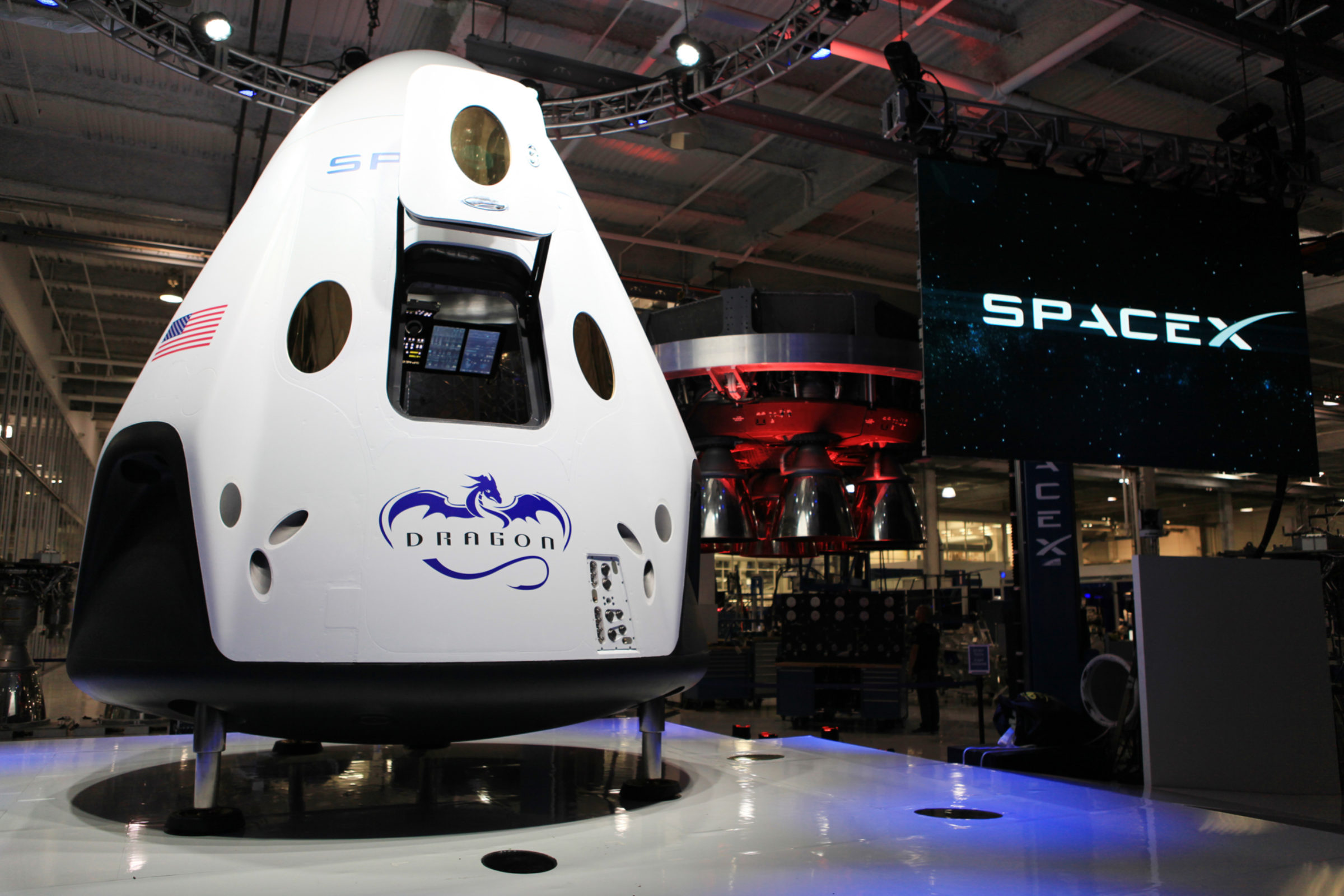Casey Dreier • Apr 28, 2016
What NASA Can Learn from SpaceX
There were two important stories about Mars this week, one highly visible, the other not; one good, the other bad. Both were revealing, though one unintentionally so.
We learned that SpaceX plans to send uncrewed Dragon capsules to Mars starting in 2018. We also learned that NASA has effectively mothballed its technology program for landing large payloads on the surface of Mars.
Both stories demonstrate the advantage of having a clear goal and executable plan for Mars exploration. SpaceX has a goal of settling Mars and they have a plan to do so, even if it’s not fully public. NASA, despite its Journey to Mars rhetoric, does not. NASA has an ambition for Mars, but no clear path to achieve it.
The Planetary Society has raised this issue before. In fact, it was one of the most important findings from our Humans Orbiting Mars report last year. We recommended that NASA commit to a plan so it can prioritize technology development, integrate near-term human and robotic spaceflight activities, and provide a benchmark for progress. In the absence of an executable plan, it is nearly impossible to properly define your priorities. How can NASA defend the Low Density Supersonic Decelerator (LDSD) to land heavy payloads on Mars when it was never clear how LDSC would factor into the Journey to Mars?
Now let’s take a look at SpaceX.
SpaceX wants to send people to Mars. That’s hard and expensive, and it needs to develop that capability and technology without bankrupting itself. SpaceX generates profits from selling launches on the Falcon 9 and also receives NASA funding to develop crew launch capability to the International Space Station.
Here’s the Dragon V2, the spacecraft that will carry humans to low-Earth orbit:

An interesting feature of the Dragon V2 is that it will attempt soft landings back on Earth with its new SuperDracro engines (it will also use parachutes). Here’s what this technology looks like right now:
Now, SpaceX doesn’t need to develop this technology to safely return astronauts back to Earth. Its competition, Boeing’s CST-100 Starliner, just uses old fashioned parachutes. So why is SpaceX putting in the time, effort, and money?
Because of the goal.
Note this artist’s concept that SpaceX released with yesterday’s Mars announcement:
It certainly looks like the Red Dragon will be using SuperDraco thrusters for its Mars entry, descent, and landing (EDL). That’s a new way to land on Mars—one without parachutes, and potentially able to scale up to much larger spacecraft. In fact, according to NASA’s Space Act Agreement with SpaceX, the company will share its EDL information with NASA to help inform future technology development.
Also note this artistic concept of Red Dragon on the surface:
It basically looks like the Dragon V2, which, again, SpaceX is already developing for access to the space station.
This sort of thing is not new for SpaceX. Its ultimate goal of sending humans to Mars drives the requirements that define the technology it develops in the interim. It can succeed in its near-term goals, like crew access to the space station, while leveraging its hardware development with an eye toward destinations beyond low-Earth orbit, avoiding expensive and unknown crash course technology programs further down the road.
NASA, by not committing to a Mars plan, cannot prioritize which technology it needs to be developing now. This means everything is important and nothing is important. It can’t point to a critical pathway beyond a very general sense, and that’s a dangerous position to be in.
Of course, SpaceX has the luxury of being its own, privately-held company. It doesn’t have Congress dictating its funding and its direction. NASA is forced to make many hard choices when faced with budget shortfalls and multiple directives from Congress and the White House. But, absent a plan, how will it make those decisions? And how will those decisions echo down the decades as NASA moves forward with its own exploration hardware?
We won’t know, but having a plan against which we can measure progress might be helpful.
Support our core enterprises
Your support powers our mission to explore worlds, find life, and defend Earth. You make all the difference when you make a gift. Give today!
Donate

 Explore Worlds
Explore Worlds Find Life
Find Life Defend Earth
Defend Earth



